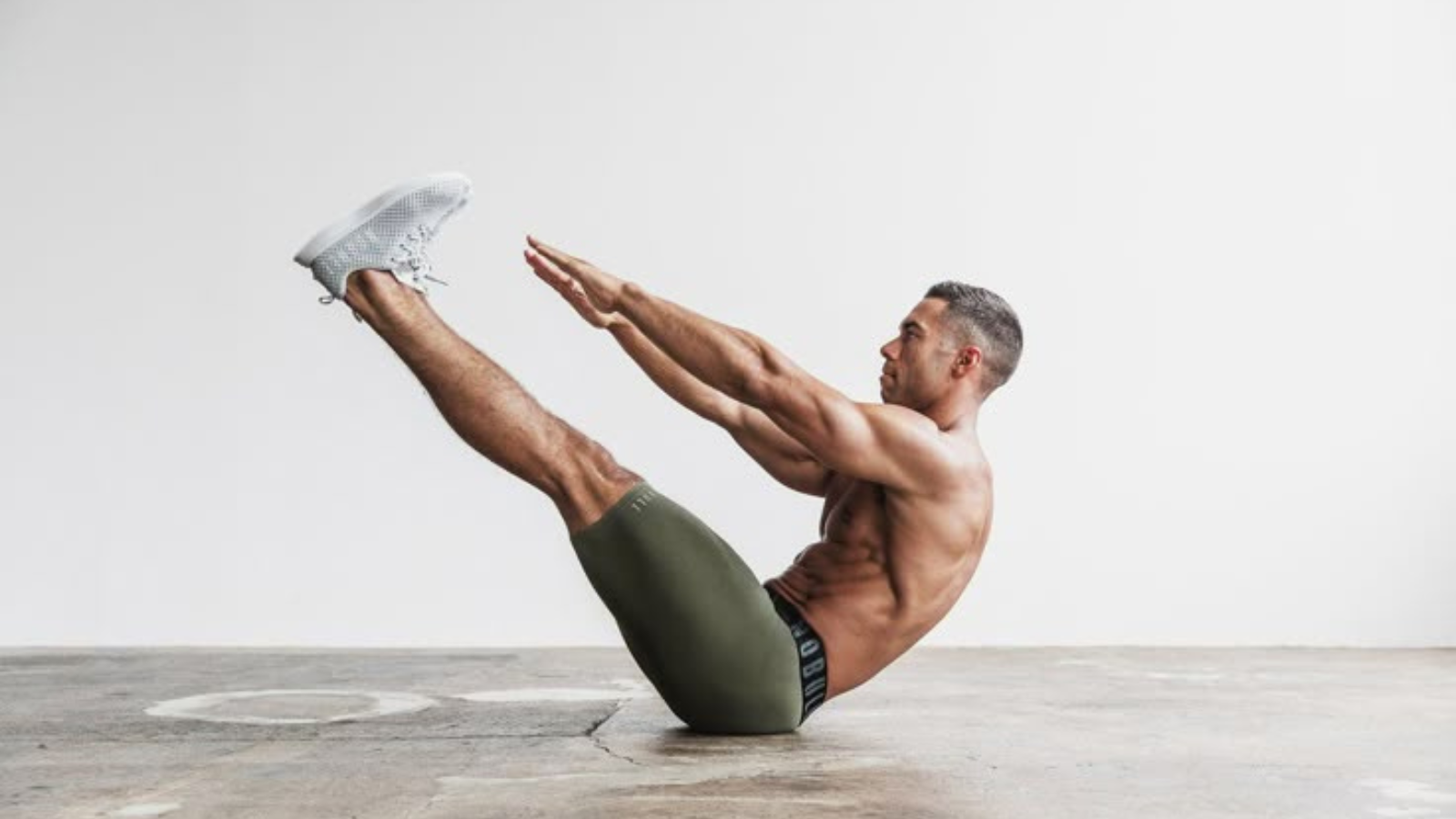Functional Fitness: The Workouts That Actually Prepare You for Real Life

If you’ve ever scrolled on social media and found yourself watching someone with unnaturally bloated biceps perform an absolutely over-the-top workout, you might have wondered to yourself: “What’s bro even training for?” Fair question. If practicality is more your style, you’ll likely appreciate functional fitness training. Keep reading as we break down what functional fitness is, its benefits, and how to incorporate it into your workout routines.
What is functional fitness?
Functional fitness is exercise that focuses on improving the body’s natural movement patterns, helping you perform everyday tasks more safely and efficiently. Unlike isolated workouts that focus on toning just one muscle group at a time, like bicep curls, functional fitness training uses compound movements (think: squats or lunges) that engage multiple muscle groups at once.
So, what makes this special? Instead of targeting certain muscles or even goals, such as losing weight or improving cholesterol, you’re leveling up your overall health each time you exercise. Whether the goal is better balance, coordination, or strength, with functional fitness, you’re better equipped for life’s everyday tasks, from lifting grocery bags to walking the dog.
Go-to functional fitness exercises for everyday strength
The beauty of functional fitness is that zero equipment and gym membership are required. You can train for real life just about anywhere by incorporating these functional exercises into your routine:
-
- Squats: Power up your legs and core with this exercise and make movements like standing up from a chair or lifting heavy objects easier.
- Deadlifts: Highly effective at improving functional strength due to activation of the body’s largest lower body muscles, deadlifts are another exercise that trains you for safely lifting objects off the floor.
- Lunges: Often find yourself balancing on a busy train? Whether you’re a pro (indoor) subway surfer or casual athlete, lunges improve balance and single-leg strength for better mobility and coordination.
- Push-ups: While these might not be everyone’s favorite, push-ups help you build upper-body strength, making everyday tasks like pushing heavy doors or carrying bags more effortless.
- Plank: If you want to improve your posture, add planks to your workout routine. Targeting core strength, stability, and endurance, you’ll see benefits like less back pain and better overall strength.
- Farmer’s carry: For city dwellers or frequent travelers, this one’s for you. Farmer’s carry is great for strengthening grip, core, and shoulder stability — all needed for those who frequently carry heavy bags or luggage for longer periods.
Why functional fitness matters in real life
If you ask us, the best part about functional fitness is that you can trust every workout isn’t just making you stronger — it makes life easier, too. From improving posture to reducing your risk of injury to simply making everyday tasks feel like an easier lift (literally), functional fitness provides benefits beyond the gym.
Bottom line: Move better, live stronger
With functional fitness, it’s not about flashy moves or lifting the heaviest. It’s about training smarter so your body works for you and not against you. By adding these exercises into your routine, you’re setting yourself up to move better, feel stronger, and navigate daily life with more ease and confidence.












